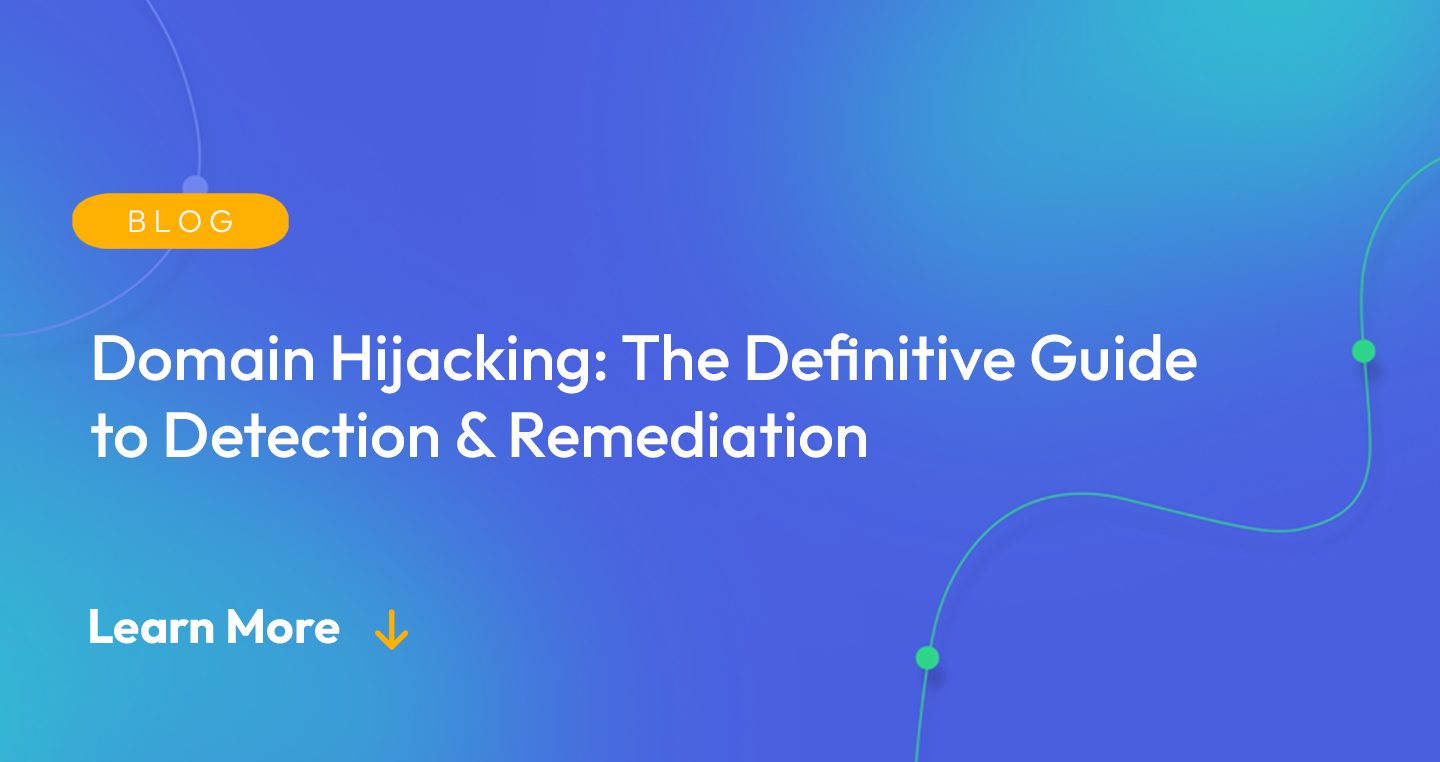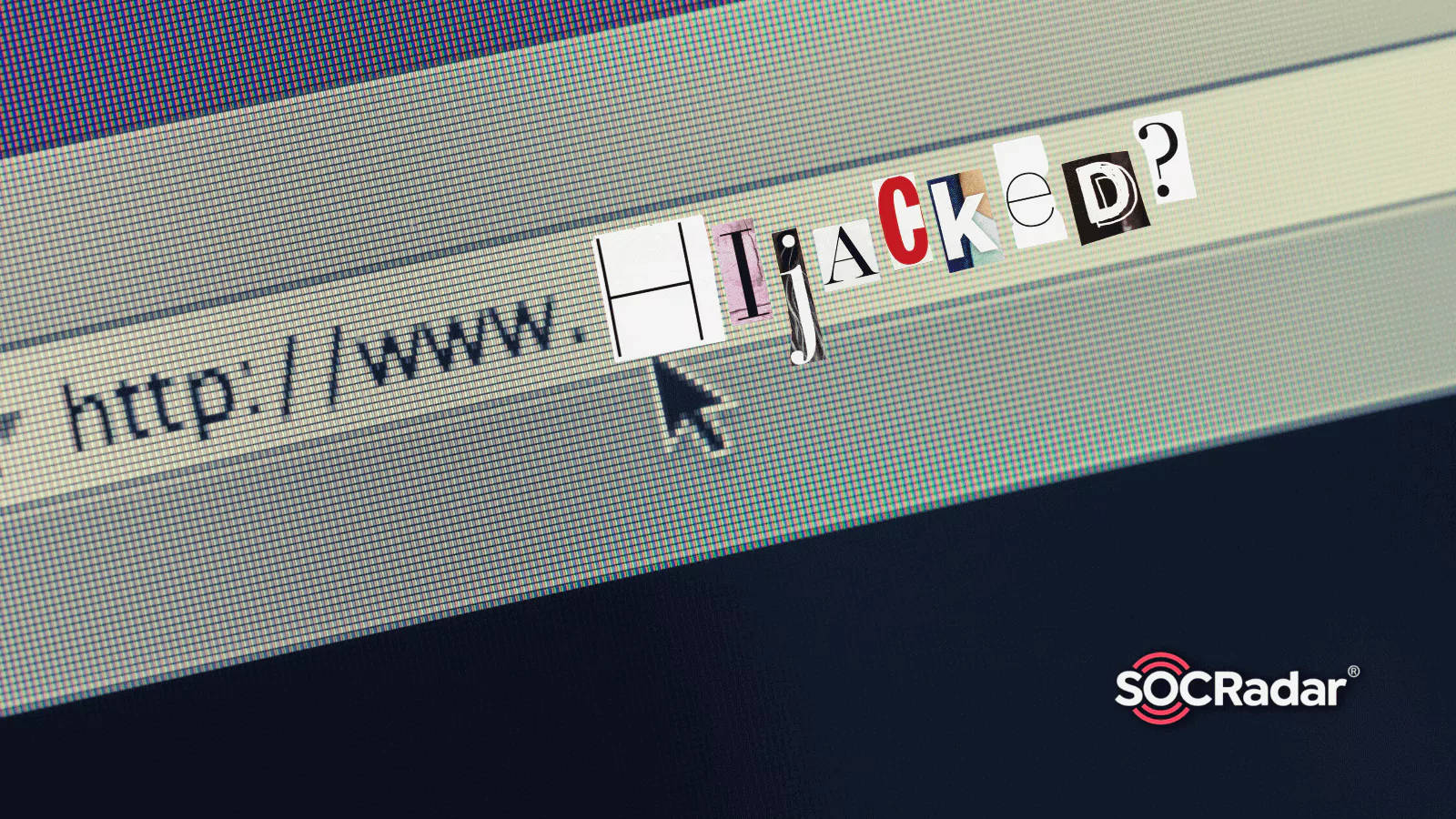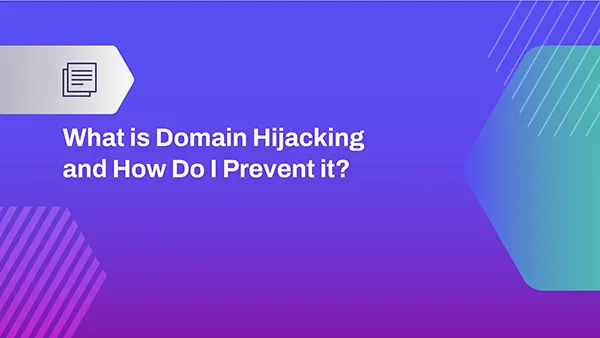Explore web search results related to this domain.

Tottenham Hotspur Target Angel Gomes: A Move That Makes Sense?Tottenham Hotspur are reportedly plotting a decisive move to sign Angel Gomes, aiming to beat Manchester United and Newcastle to the Lille...
Tottenham Hotspur are reportedly plotting a decisive move to sign Angel Gomes, aiming to beat Manchester United and Newcastle to the Lille midfielder’s signature. As reported by Give Me Sport, Spurs are eyeing January as a crucial window to secure hijack Gomes’ services, a move that would bolster their midfield options and align with their long-term strategy.

Cooper’s whereabouts after he jumped from a plane with $200,000 stumped investigators. Has the case been solved?
Now, more than 50 years later, the infamous crime may have been solved, after a pair of siblings came forward to claim they had found the parachute used in the hijacking, in their mother’s shed, and that Cooper was their father.McCoy, a former military helicopter pilot who served in the Vietnam war, was among a number of suspects investigated by the FBI after he hijacked a plane on 7 April 1972, leaping out of the aircraft with $500,000 cash, over Provo, Utah.An artist’s sketch of DB Cooper, who hijacked a plane and then jumped out with $200,000 in 1971.The hijacking baffled the FBI, who spent 45 years investigating before officially closing the case in 2016.
Domain hijacking is the act of changing the registration of a domain name without the permission of the original owner, or by abuse of privileges.
Financial damages: Companies who rely on their website for business, such as ecommerce companies and SaaS companies, can lose millions of dollars when they lose control of the domain, their domain is one of their most valuable assets. Domain hijacking is one of the largest cybersecurity risks online businesses have.Reputational damages: Domain hijackers can take control of a hijacked domain's email accounts and use the domain name to facilitate additional cyber attacks such as installing malware or social engineering attacks.Regulatory damages: By gaining access to a domain name, hijackers can replace the real web page with an identical web page designed to capture sensitive data or personally identifiable information (PII), this is known as phishing.Note many countries (and/or customers) will hold your organization responsible for data breaches or data leaks, regardless of whether they result from a cyber attack like domain hijacking or misconfiguration.

Let’s see what happens when a domain name is hijacked. To hijack a domain name you need to get access to the control panel and point the domain name to a different web server.
Once you do this, all the details to reset the password will be sent to the administrative email address. Since you already have access to this email account, you can easily reset the password of the domain control panel. After resetting the password, login to the control panel with your new password and from there you can hijack the domain within minutes.Domain hijacking is a process by which Internet Domain Names are stolen from their legitimate owners. Domain hijacking is also known as domain theft.In order to learn how to hijack domain names, we must first understand how domain names operate and how they become associated with a particular web server (website).Let’s see what happens when a domain name is hijacked. To hijack a domain name you need to get access to the control panel and point the domain name to a different web server.

Anguilla is raking in extra unexpected revenue from registration fees for its .ai web domain thanks to the artificial intelligence boom.
LONDON (AP) — Anguilla is raking in extra revenue from registration fees for its .ai web domain thanks to the artificial intelligence boom, but it’s not the only place cashing in on demand for websites with distinctive address endings.The North African country, which has been plagued by turmoil since longtime dictator Moammar Gadhafi’s death in 2011, isn’t readily associated with internet culture. But Libya controls web addresses that end in .ly, which have become widely used as a so-called domain hack for websites with English names that end in -ly.It’s one of Europe’s smaller countries — about 620,000 people — bordered by the Adriatic Sea, Bosnia, Kosovo, Serbia and Albania. Montenegro was assigned the .me web domain, which has become popular with people who want to claim their pronoun for personal branding.Websites that end in .co aren’t from a generic web domain for companies, like .com sites. The .co domain is assigned to Colombia, but the South American country allows anyone to sign up for its web addresses.
This occurs when they volunteer their Domain Name System (DNS) credentials as a result of a phishing or other social engineering scam. Other causes of a DNS hijacking stem from when a partnership between more than one person who has access to the DNS registration dissolves, and one party hurries ...
Domain Hijacking or Domain Spoofing is an attack where an organization’s web address is stolen by another party. The other party changes the enrollment of another’s domain name without the consent of its legitimate owner. This denies true owner administrative access.Domain loss to another person can occur under mundane circumstances, such as upon the expiration of a domain name when, at such time, another person quickly registers it. A true hijack of a domain happens when a domain’s legitimate owner unwittingly loses it.This occurs when they volunteer their Domain Name System (DNS) credentials as a result of a phishing or other social engineering scam. Other causes of a DNS hijacking stem from when a partnership between more than one person who has access to the DNS registration dissolves, and one party hurries to reset access credentials, locking out the other party."I responded to an urgent message about the expiration of our domain, but it wound up being a domain hijacking.

Your company website is a customer-facing reflection of your corporate brand, so you need to focus on protecting its security so that you can maintain the digital trust you build with customers. Domain hijacking can undermine all your hard work, so understanding what it is and how to prevent ...
Your company website is a customer-facing reflection of your corporate brand, so you need to focus on protecting its security so that you can maintain the digital trust you build with customers. Domain hijacking can undermine all your hard work, so understanding what it is and how to prevent it is critical to your company’s success.Losing control of your domain creates financial damages by: ... You become the face of any criminal activity that malicious actors use your website to perpetrate. Further, malicious actors typically use hijacked domains to engage the activities that antivirus software blocks, like malicious advertising and cryptomining.Over the last few years, more governments and industry associations have implemented data protection compliance mandates, like the General Data Protection Regulation (GDPR) and the California Privacy Rights Act (CPRA). Domain hijacking can create compliance violations in two different ways:Unauthorized data collection: controlling the domain to create a new page that collects PII · By implementing and enforcing strong security controls, you can reduce the likelihood that attackers will hijack your domain.

The domain ending up with a registrar that operates in a different jurisdiction is quite possible if processes are insufficient to detect and prevent fraud, misrepresentation, and impersonation of the registrant. Social engineering (phishing) is the most successful way. The hijacker can call ...
Domain Hijacking has several critical results on the owner of the domain. Financial damages might be devastating, especially if the company relies on its websites for a business like e-commerce companies. Reputational damages might also be painful since the hijacker could use the domain to display embarrassing content or use it for further attacks by installing malware or social engineering.The domain owner may face regulatory damages when the hijacker captures the data of users that can be used in cyberattacks such as identity theft. Before going into much more detail, we should briefly mention how the domain name system (DNS) works to make the subject more lucent.The domain ending up with a registrar that operates in a different jurisdiction is quite possible if processes are insufficient to detect and prevent fraud, misrepresentation, and impersonation of the registrant. Social engineering (phishing) is the most successful way. The hijacker can call the domain owner as the registrar’s impersonator or may convince him to fill in the necessary information on a fake login page.Another method is where the attacker convinces a domain registrar to transfer domain control to them by pretending to be the domain owner. Exploiting a vulnerability in the registrar system might be another way for the hijacker.

Here, we'll delve into what domain hijacking entails and explore practical steps to prevent it from happening to you.
However, with the increasing value of domain names, they have become targets for cybercriminals seeking to exploit vulnerabilities for their gain. One such threat is domain hijacking – a serious issue that can have significant repercussions if not addressed promptly.Hijackers may reroute traffic from your legitimate website to a fraudulent one, often for phishing scams or distributing malware. They could exploit the domain for sending spam emails, damaging your reputation and potentially getting your domain blacklisted by email providers.Here, we’ll delve into what domain hijacking entails and explore practical steps to prevent it from happening to you.Domain hijacking, also known as domain theft, occurs when an unauthorized individual gains control over a domain name without the owner’s consent.

As a key risk to the service and security of your website, domain hijacking - a.k.a. “domain name hijacking” and “domain theft” is not a new problem. However, it is one that we’re seeing pop up in the news increasingly, and that few registrars seem to be proactively addressing.
Domain hijacking is really quite simple. The easiest and most common way for domains to be hijacked is for the attacker to get access to the domain via social engineering or hacking into the administrator’s email account.Some hijackers steal domain names purely for the challenge of hacking them; others have malicious intent, for example in the case of an unhappy employee. Domain hijacking attacks can also be a form of “hacktivism”, i.e. hacking for politically or socially motivated purposes. What hackers do after domain hijacking varies.Common and notable cases of domain hijacking include: Communication disruption: this domain hijacking example is one that people see regularly without even realising. After accessing the DNS, attackers disable and interfere with communication channels like web and email.This type of domain hijacking highlights the importance of having a tool like Instatus to maintain a secure channel of communication with your users even in the worst-case scenario. Domain name transfer and pharming: this is when the attacker redirects traffic from your domain to another website or takes control of your site to post offensive content.

A relatively unknown attack method is leaving thousands of websites compromised
In a new report, Infoblox notes although the attack vector has been around since 2018, it never garnered much attention from the media, or the cybersecurity community. Still, tens of thousands of victims have had their domain names hijacked since then, including “well-known brands, non-profits, and government entities”. The report hasn’t named any organizations, though.The researchers claim that there are multiple threat actors currently exploiting Sitting Ducks, including Vacant Viper, the “OG” of the exploit, hijacking an estimated 2,500 domains each year since late 2019.Another group, called Vextrio Viper, was seen using hijacked domains as part of their “massive TDS infrastructure” since early 2020.It also mentioned new threat actors, such as Horrid Hawk, and Hasty Hawk, named as they “swoop in and hijack vulnerable domains”.
Domain hijacking is when an unauthorized individual gains control of a domain name by manipulating the domain registration or Domain Name System (DNS) records.
Domain hijacking, also known as domain theft, is a form of cyber attack where an unauthorized individual gains control of a domain name by manipulating the domain registration or Domain Name System (DNS) records.Escalate the issue to the appropriate domain registry: If the domain registrar is unresponsive or unable to assist, consider escalating the issue to the appropriate domain registry, such as the Internet Corporation for Assigned Names and Numbers (ICANN) for generic top-level domains (gTLDs) or a country-code top-level domain (ccTLD) registry. Seek legal assistance: If necessary, engage legal counsel to pursue the hijacker and recover the domain through legal means, such as filing a complaint under the Uniform Domain-Name Dispute-Resolution Policy (UDRP).Spamming and phishing: The hijacked domain’s email services can be exploited to send spam or phishing emails, potentially damaging the organization’s reputation and causing further security issues for recipients.Contact the domain registrar: Immediately report the hijacking to your domain registrar and request assistance in regaining control of the domain.


A parachute found in 2022 and taken into evidence by the FBI could have been the one used by D.B. Cooper, one man believes.
Dan Gryder is an aviation YouTuber who believes McCoy is D.B. Cooper and has been in touch with his children. Gryder told Cowboy State Daily for a Nov. 24 story that he found a parachute rig he believes was used by Cooper during the hijacking at a North Carolina property belonging to McCoy’s mother.A man who discovered the parachute believes a man who executed a similar hijacking was D.B.A parachute that might have been used by the skyjacker who called himself D.B. Cooper could potentially help authorities solve the mystery of the infamous plane hijacking.One name that has been considered a longtime possibility is Richard Floyd McCoy, who perpetrated a nearly identical hijacking a few months after the Cooper incident.

Cybercriminals exploit 'Sitting Ducks' attacks, hijacking thousands of domains for phishing and fraud, Infoblox reports.
However, there are certain prerequisites in order to pull this off: A registered domain delegates authoritative DNS services to a different provider than the domain registrar, the delegation is lame, and the attacker can "claim" the domain at the DNS provider and set up DNS records without access to the valid owner's account at the domain registrar. Sitting Ducks is both easy to perform and stealthy, in part driven by the positive reputation that many of the hijacked domains have.Some of the domains that have fallen prey to the attacks include an entertainment company, an IPTV service provider, a law firm, an orthopedic and cosmetic supplier, a Thai online apparel store, and a tire sales firm. The threat actors who hijack such domains take advantage of the brand reposition and the fact that they are unlikely to be flagged by security tools as malicious to accomplish their strategic goals.This indicates that the bad actors are leveraging the seized domains for a broad spectrum of reasons, thereby putting both businesses and individuals at risk of malware, credential theft, and fraud. "We have found several actors who have hijacked domains and held them for extensive periods of time, but we have been unable to determine the purpose of the hijack," Infoblox concluded.Multiple threat actors have been found taking advantage of an attack technique called Sitting Ducks to hijack legitimate domains for using them in phishing attacks and investment fraud schemes for years.

The parachute used by the hijacker known as D.B. Cooper to leap out of a Boeing plane with $200,000 in cash after taking the passengers and crew hostage more than 50 years ago may have been found. Sunday marked the 53rd anniversary of the only unsolved hijacking in U.S. aviation history.
Sunday marked the 53rd anniversary of the only unsolved hijacking in U.S. aviation history. Now, years after the FBI declared the case inactive, the agency may be having another, informal look, examining evidence that has recently come to light, reports Cowboy State Daily in Wyoming.
Domain hijacking can destroy your ... can use to prevent it. What is domain hijacking? Domain hijacking is a cyberattack where hackers take control of a domain name that does not legitimately belong to them....
Domain hijacking can destroy your business and forever lose your customers' trust. Below, we'll show you what domain hijacking is, how it works, and defenses you can use to prevent it. What is domain hijacking? Domain hijacking is a cyberattack where hackers take control of a domain name that does not legitimately belong to them.Recovering from the loss of trust after an attack like this is uniquely challenging due to the central role that domain names often play in online services and businesses. This article aims to provide you with a set of tools to prevent domain hijacking before it happens.Of course, the most important risk is the way such an attack could harm your end-users — the people your service is meant to help. Some ways that a domain hijacker might exploit this attack in ways that harm users include:Turn on extra protections to prevent phishers from easily transferring your domain, such as Registrar Lock for Namecheap or Domain Privacy & Protection for Godaddy. You can find out whether your registrar offers similar protections. Use WHOIS protection (to obscure your personal contact information). Turn on auto-renewal, so hijackers cannot snatch up the domain if you accidentally let it expire.


Hackers hijack Jupyter Notebooks to exploit FFmpeg for illegal sports streaming, posing serious risks.
The attacks involve the hijack of unauthenticated Jupyter Notebooks to establish initial access, and perform a series of actions designed to facilitate illegal live streaming of sports events, Aqua said in a report shared with The Hacker News.
Domain hijacking can be done in several ways, generally by unauthorized access to, or exploiting a vulnerability in the domain name registrar's system, through social engineering, or getting into the domain owner's email account that is associated with the domain name registration.
This can be devastating to the original domain name holder, not only financially as they may have derived commercial income from a website hosted at the domain or conducted business through that domain's e-mail accounts, but also in terms of readership and/or audience for non-profit or artistic web addresses. After a successful hijacking, the hijacker can use the domain name to facilitate other illegal activity such as phishing, where a website is replaced by an identical website that records private information such as log-in passwords, spam, or may distribute malware from the perceived "trusted" domain.Domain hijacking can be done in several ways, generally by unauthorized access to, or exploiting a vulnerability in the domain name registrar's system, through social engineering, or getting into the domain owner's email account that is associated with the domain name registration.A frequent tactic used by domain hijackers is to use acquired personal information about the actual domain owner to impersonate them and persuade the domain registrar to modify the registration information and/or transfer the domain to another registrar, a form of identity theft.Other methods include email vulnerability, vulnerability at the domain-registration level, keyloggers, and phishing sites. Responses to discovered hijackings vary; sometimes the registration information can be returned to its original state by the current registrar, but this may be more difficult if the domain name was transferred to another registrar, particularly if that registrar resides in another country.

Recent crime statistics show that carjacking remains a major issue in South Africa. Posts on social media are circulating a video with claims that it shows a taxi driver in the country being hijacked at gunpoint. However, the incident took place in Barbados in 2023.
“Crimes that should worry us most are: murder, rape, hijacking, kidnapping for ransom payments, and extortion,” Mchunu said.

Spammers have found a way to target Spotify playlists and podcasts to push pirated software, cheat codes for games and spam links and malware sites.






